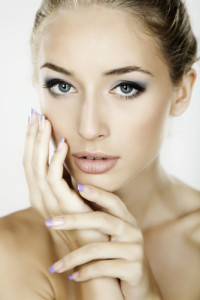Please be aware that this is not a secure email network under HIPAA guidelines. Do not submit any personal or private information unless you are authorized and have voluntarily consented to do so. We are not liable for any HIPAA violations. Understand that if you email us, you are agreeing to the use of an unsecured method and understand that all replies will be sent in the same fashion, which you are hereby authorizing.
By checking this box you hereby agree to hold Center for Cosmetic Surgery & MediSpa, including its doctors and affiliates, harmless from any hacking or any other unauthorized use of your personal information by outside parties. By checking this box, you also agree to receive email communication from Center for Cosmetic Surgery & MediSpa.
 Q. There were two types of facelifts offered by two different surgeons. One was sewing the cheek muscle only and another was loosening the cheek muscle and then sewing it back (called a high SMAS facelift). What is the difference ?
A. There are two basic techniques in facelifting. They include:
Q. There were two types of facelifts offered by two different surgeons. One was sewing the cheek muscle only and another was loosening the cheek muscle and then sewing it back (called a high SMAS facelift). What is the difference ?
A. There are two basic techniques in facelifting. They include:



